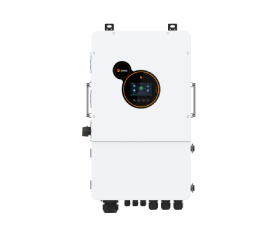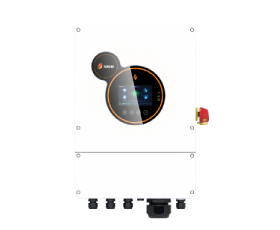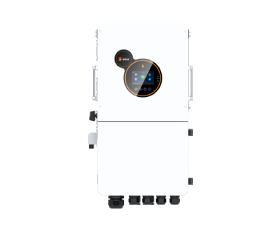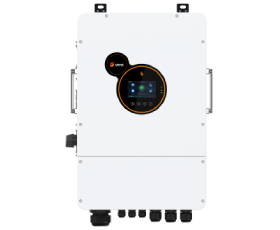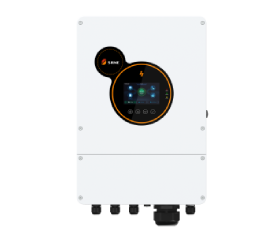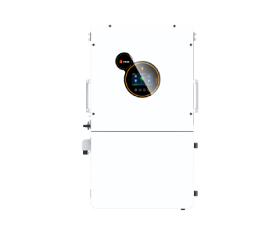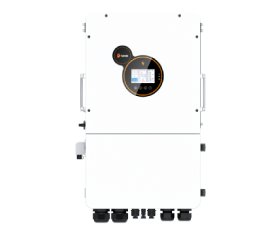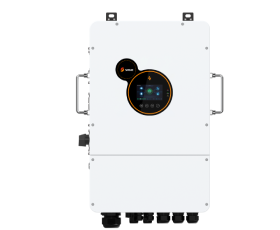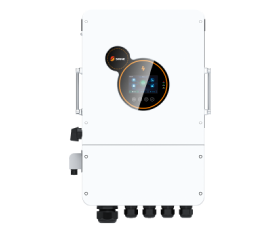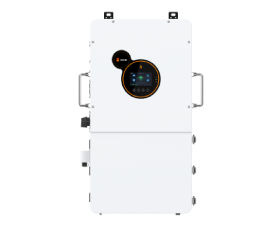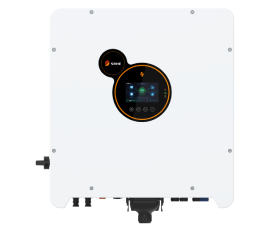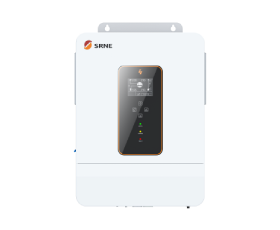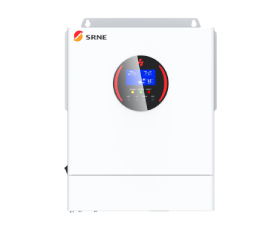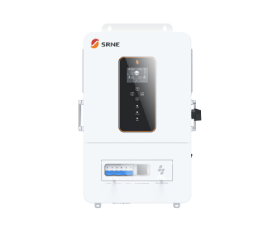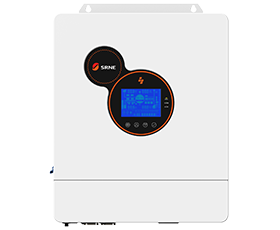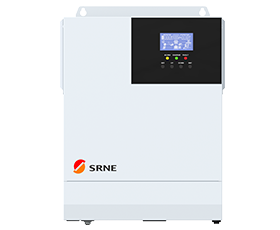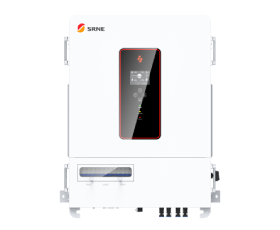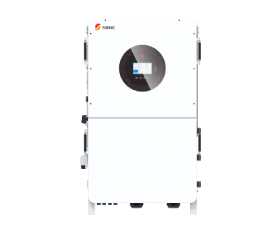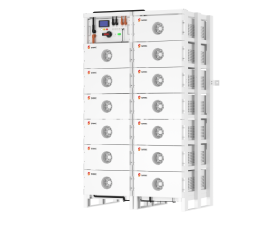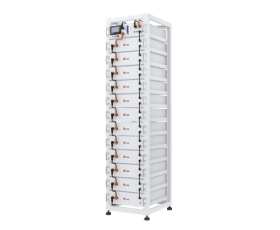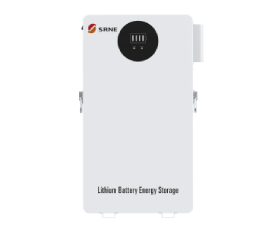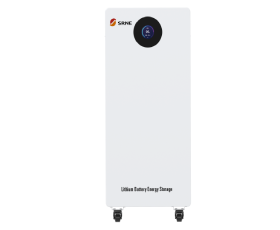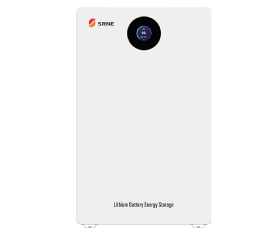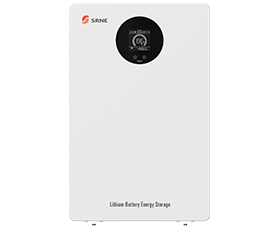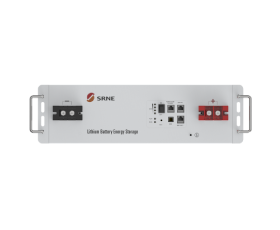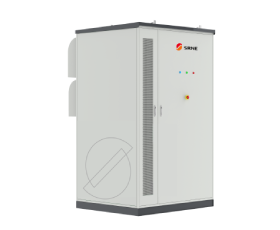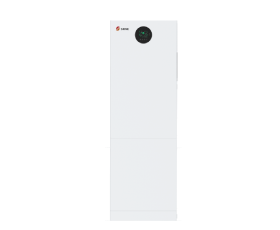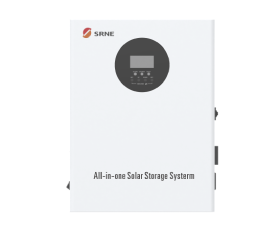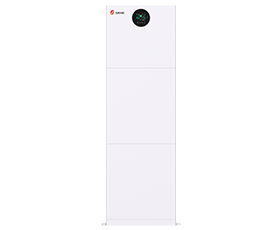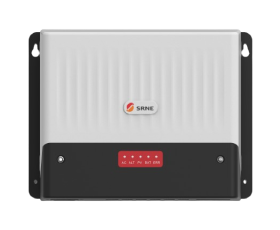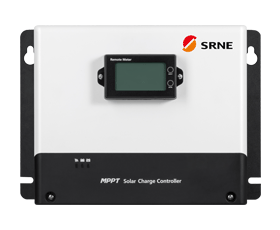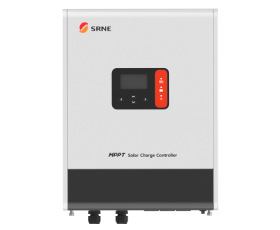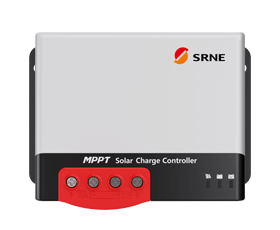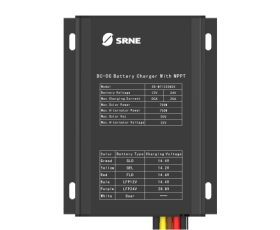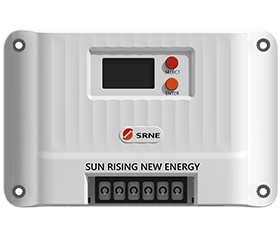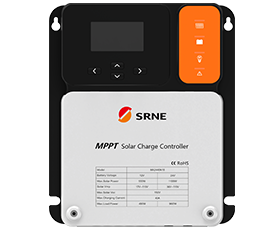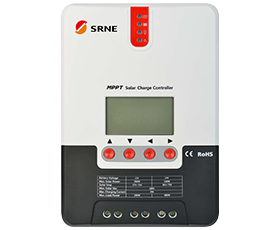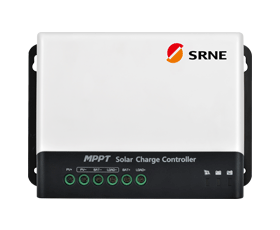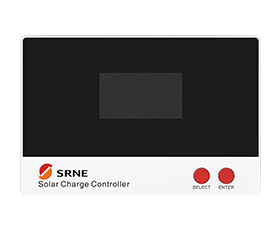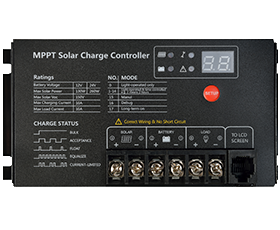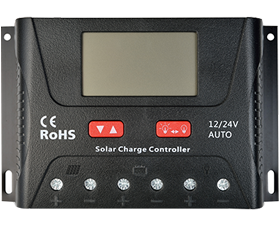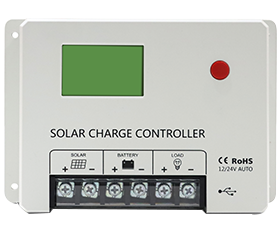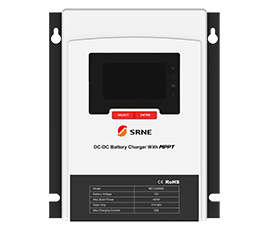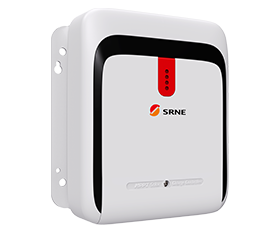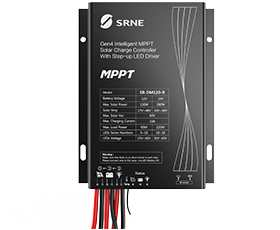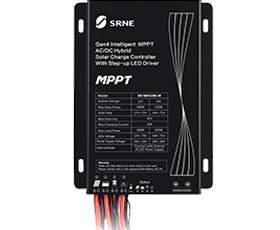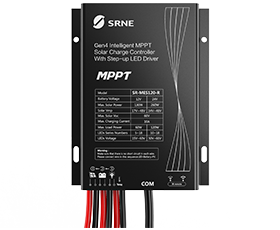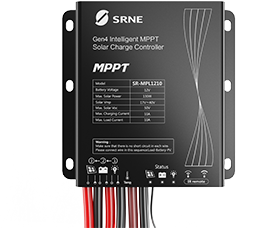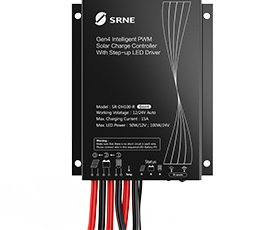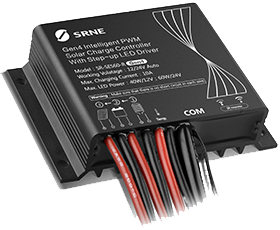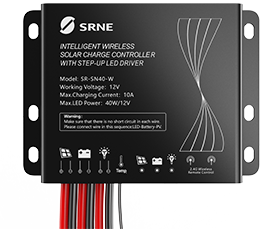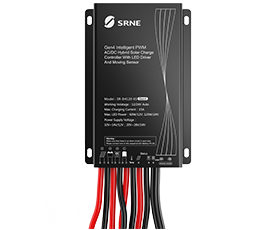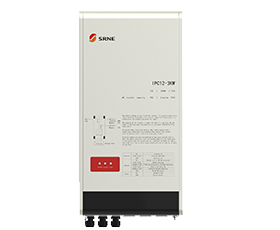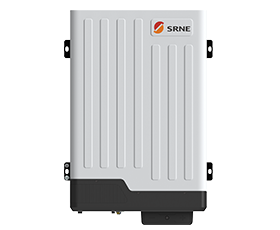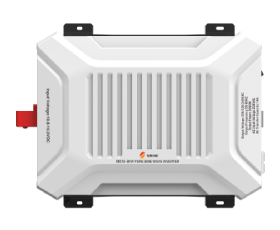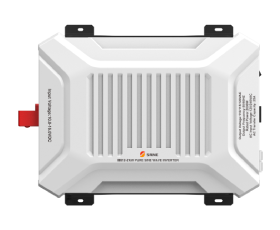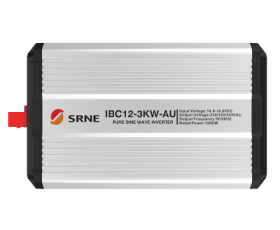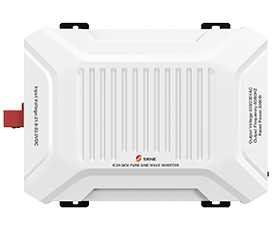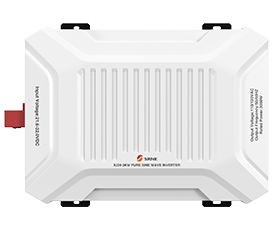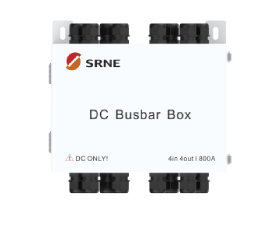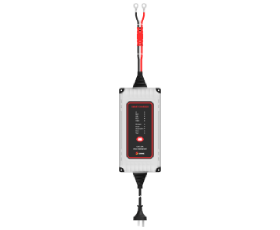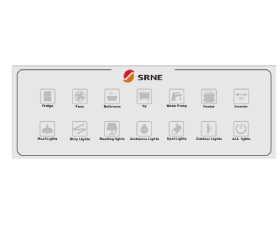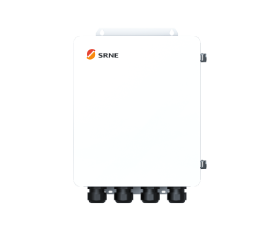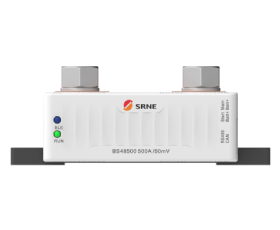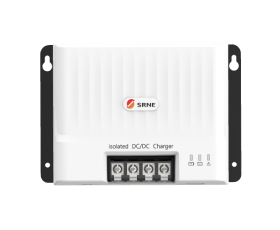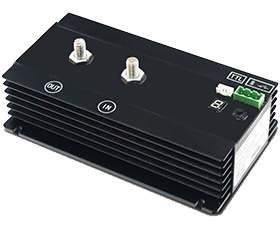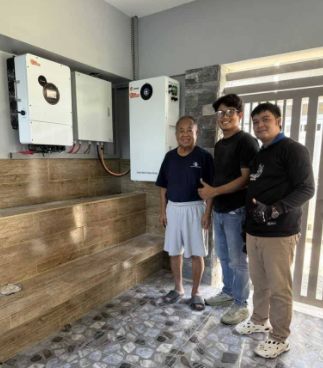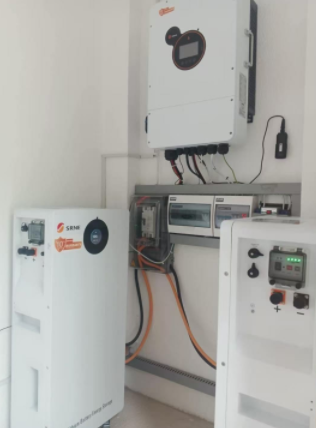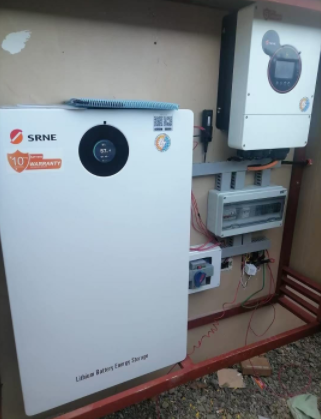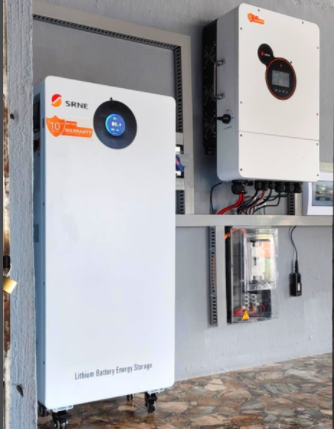How To Choose A Hybrid Inverter
In this guide, we break down the key criteria to help you select the most suitable hybrid inverter for your solar-plus-storage system, ensuring both performance and future scalability.
Discover how SRNE Solar's Hybrid Inverters deliver reliable energy and seamless solar-battery integration for your home or business — explore the solution today!
1. Key Factors to Consider When Choosing a Hybrid Inverter
Selecting a hybrid inverter goes far beyond simply matching power ratings. To build a stable, efficient, and future-ready solar-plus-storage system, you need to evaluate a combination of technical specifications, safety standards, and long-term operational features. Below are the essential elements to assess:
Want to ensure your hybrid inverter operates reliably for years to come? Read our maintenance tips here.
Key Factor | Considerations |
Power Capacity and System Integration | Match inverter capacity to system load; ensure grid and component compatibility |
Battery Compatibility and Control Functions | Supports lithium, LFP, lead-acid; BMS integration; high/low voltage options |
Conversion Efficiency and MPPT Optimization | ≥95% efficiency; multiple MPPT inputs; optimized for shading or complex rooftops |
Backup and Off-Grid Performance | Fast grid-off-grid switchover; prioritized loads for critical appliances |
Remote Monitoring and Smart Energy Management | Real-time monitoring; smart control; integrates with home energy platforms |
Certifications, Protection Features, and Build Durability | Meets CE, UL, TUV, IEC standards; IP65+ rating; robust protection features |
1.1 Power Capacity and System Integration
The inverter’s output capacity should correspond to your household or commercial energy requirements, both under typical usage and peak demand conditions. For residential installations, inverter capacities typically range between 3kW and 10kW, while commercial or industrial systems may require significantly higher power ratings. Additionally, confirm that the inverter is compatible with your battery setup, solar panel configuration, and local grid standards (voltage, frequency) to ensure seamless integration.
1.2 Battery Compatibility and Control Functions
Modern hybrid inverters must support diverse battery chemistries, including lithium-ion (NMC, LFP), lead-acid, or other storage technologies. Consider whether the inverter facilitates intelligent battery management via BMS communication, balancing charging cycles to optimize battery health, efficiency, and lifespan. Also, verify its ability to handle both low-voltage and high-voltage battery banks, depending on your system design.
1.3 Conversion Efficiency and MPPT Optimization
High inverter efficiency translates directly to better energy yield. Aim for models with conversion rates of at least 95% under real-world conditions. Look for multiple MPPT (Maximum Power Point Tracking) channels, especially if your solar panels are installed across different roof orientations or are partially shaded during certain hours. Effective MPPT performance maximizes solar harvest and minimizes power losses.
1.4 Backup and Off-Grid Performance
Evaluate the inverter’s switchover speed and off-grid functionality. Premium hybrid inverters can transition from grid-connected to backup mode within milliseconds, ensuring critical appliances remain powered during outages. Some models offer prioritized load management, allowing essential systems—like medical equipment, refrigeration, or communication devices—to stay operational when energy supply is limited.
1.5 Remote Monitoring and Smart Energy Management
A quality hybrid inverter should provide real-time performance monitoring through mobile apps or online portals. Features like consumption tracking, solar production reports, system alerts, and smart energy control functions enable better energy management. Integration with home automation platforms or smart grids ensures compatibility with evolving energy networks.
1.6 Certifications, Protection Features, and Build Durability
Choose inverters that comply with global safety and quality standards such as CE, UL, TUV, or IEC certifications. For outdoor installations, an enclosure rated IP65 or higher is recommended to protect against dust, rain, and harsh environments. Additionally, features like advanced surge protection, overheat management, and internal diagnostics contribute to long-term operational stability.
2. How Do I Calculate What Size Solar Inverter I Need?
Determining the correct hybrid inverter size requires a practical understanding of your energy consumption patterns, solar array output, and storage integration:
Step 1: Total System Load Assessment
Begin by calculating your total simultaneous power consumption. This includes all devices and appliances you intend to run at the same time, especially during grid outages. Factor in both continuous running loads and start-up surge requirements from appliances like pumps, compressors, or air conditioners.
Step 2: Solar Array and Inverter Matching
The combined rated output of your solar panels should align with the inverter’s capacity. Many manufacturers permit up to 130% solar oversizing—meaning a 5kW solar inverter can accommodate a 6.5kW solar array—to maximize solar production during peak sunlight hours without overloading the system. Exceeding recommended limits can lead to energy clipping and system inefficiencies.
Step 3: Battery Storage Considerations
If your setup includes energy storage, ensure the inverter’s power rating accommodates both solar input and battery charge/discharge cycles simultaneously. Pay attention to peak battery discharge rates, especially if off-grid performance or extended backup functionality is a priority.
Step 4: Future-Proofing the System
Select an inverter with additional capacity or modular expansion options to allow for the integration of more solar panels, increased battery storage, or the addition of EV charging infrastructure in the future.
Example Scenario:
For a household with a peak electrical load of 4.5kW and a solar installation of 5.5kW, a 6kW hybrid inverter provides adequate power handling, system stability, and room for future expansion without the need for hardware replacement.
3. Are Hybrid Solar Inverters Worth It?
Hybrid solar inverters are increasingly regarded as a smart long-term investment for property owners seeking energy independence, grid resilience, and greater control over their power consumption:
3.1 Maximizing Solar Self-Use
Hybrid inverters enable the storage of surplus solar energy, allowing you to use stored electricity during nighttime hours or when utility rates are highest. This reduces reliance on grid power and increases the return on your solar investment.
3.2 Reliable Backup Power During Outages
Unlike conventional grid-tied inverters, hybrid models can provide uninterrupted power supply during grid failures. This functionality is particularly valuable in regions with unstable grids or where uninterrupted operation of lighting, communications, and refrigeration is essential.
3.3 Enhanced System Flexibility and Expandability
Hybrid inverters consolidate solar production, energy storage, and grid connectivity within a single system, simplifying installation and system management. Many models are designed for modular upgrades, making it easy to add more batteries or solar panels as your energy needs evolve.
3.4 Smart Grid and Energy Market Integration
Advanced solar inverters support participation in emerging energy programs such as Virtual Power Plants (VPPs), demand response services, or peer-to-peer energy trading. These features help future-proof your system and unlock additional energy savings or revenue streams.
Although hybrid solar inverters come with a higher upfront cost than basic grid-tied models, their ability to enhance energy security, reduce electricity bills, and enable system expansion often outweighs the initial investment—especially in markets where grid instability, rising tariffs, or solar incentives apply.
4. What is the Lifespan of a Hybrid Inverter?
The operational lifespan of a high-quality hybrid inverter typically ranges between 8 and 15 years, though real-world durability depends on product quality, environmental conditions, and usage patterns:
4.1 Component Quality and Engineering Design
Inverters from reputable manufacturers incorporate premium-grade components, robust power electronics, and efficient thermal management systems that contribute to superior reliability and long operational life.
4.2 Installation Location and Environmental Exposure
Hybrid solar inverters perform best in cool, shaded, and well-ventilated environments. Excessive heat, direct sunlight, dust accumulation, or exposure to moisture can accelerate component degradation—even with IP65-rated enclosures. Proper placement can significantly extend operational life.
4.3 Maintenance and System Care
Routine maintenance—including firmware updates, electrical inspections, and cleaning of air intakes—can help prevent common faults and extend inverter performance over time. Systems that receive periodic servicing generally operate more reliably.
4.4 Load Management and Usage Cycles
Inverters consistently operated near maximum capacity or exposed to highly variable grid conditions may experience accelerated wear. Systems with well-balanced loads and stable energy flows typically exhibit improved longevity.
4.5 Warranty Considerations:
Most leading brands offer 5 to 10 years of standard warranty coverage, with extended options available. Warranties reflect manufacturer confidence but do not substitute for proper installation and maintenance practices.
In summary, selecting a high-quality hybrid inverter, installing it under optimal conditions, and maintaining the system properly are key to achieving maximum service life and protecting your energy investment.
Learn more:
https://www.srnesolar.com/articledetail/pros-cons-hybrid-solar-inverter-vs-off-grid-inverter.html
https://www.srnesolar.com/articledetail/the-best-solar-hybrid-inverter-in-2025.html
Conclusion
A hybrid inverter is more than just a device to connect your solar panels—it is the backbone of an intelligent, resilient, and efficient energy system. By carefully evaluating factors such as power output, battery integration, MPPT performance, and build quality, you can ensure that your investment delivers reliable operation, energy savings, and long-term system stability.




















